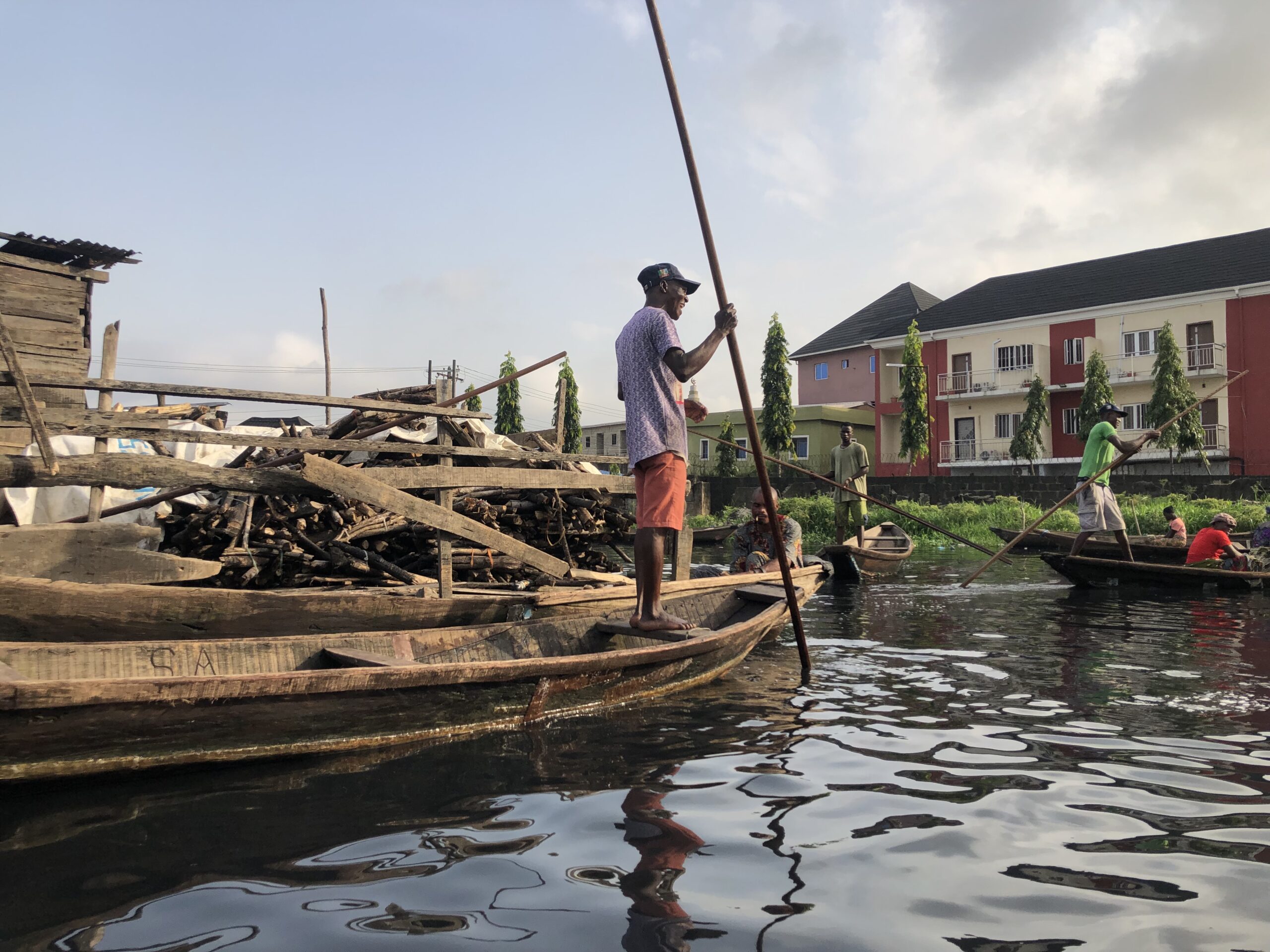Nestled along the coastal fringes of Nigeria, Makoko stands as a testament to the resilience and endurance of its people. Founded in the late 19th century, this vibrant community originated as a fishing village established by immigrants from the Egun ethnic group. What was once a modest settlement has evolved into the world’s largest floating slum, comprising six distinct “villages” dispersed across both land and water.
The floating communities, including Oko Agbon, Adogbo, Migbewhe, and Yanshiwhe, collectively known as “Makoko on water,” have become an intricate tapestry of cultures and languages. Besides the prevalent Yoruba language, French, English, and Egun echo through the wooden structures that define daily life.
Makoko, however, faces significant challenges. Basic social amenities, from electricity to schools and healthcare clinics, remain elusive. The communal struggle for sanitation reveals the stark realities of life, as shared latrines serve approximately 15 households, and waste finds its way directly into the surrounding waters.
Despite these adversities, Makoko is more than a floating slum; it is a community rich in history, culture, and the indomitable spirit of its people. As we explore the history of Makoko, we acknowledge the perseverance that has defined its past and look forward to a future where the narrative shifts toward empowerment, education, and sustainable progress. Join us on this journey through time, where the past informs the present, and together, we shape a more hopeful tomorrow for Makoko.

Hope is my fuel

Given the right tools, I soar

I am greater than my surroundings

Somewhere within me lies a leader

